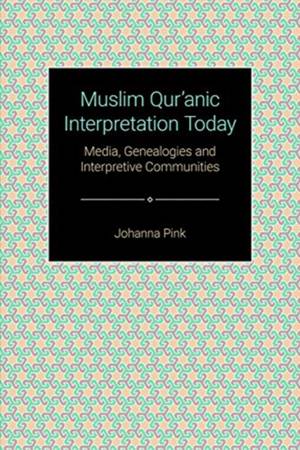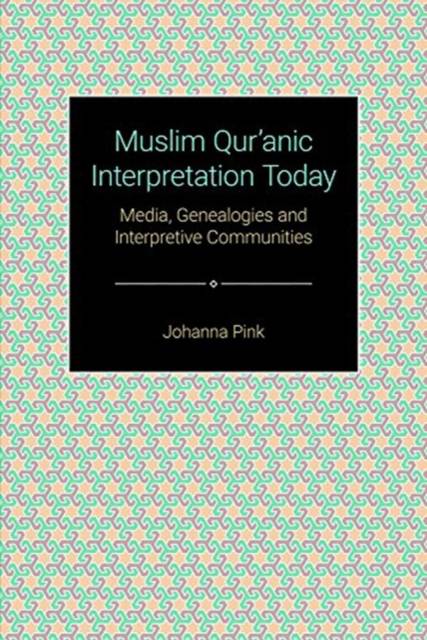
- Afhalen na 1 uur in een winkel met voorraad
- Gratis thuislevering in België vanaf € 30
- Ruim aanbod met 7 miljoen producten
- Afhalen na 1 uur in een winkel met voorraad
- Gratis thuislevering in België vanaf € 30
- Ruim aanbod met 7 miljoen producten
Zoeken
€ 161,45
+ 322 punten
Omschrijving
This book takes a comprehensive look at the ways in which Muslims interpret the Qur'ān today and at the themes and structural conditions that shape their engagement with their sacred scripture. Muslim Qur'ānic interpretation Today includes boldly innovative approaches as well as staunchly traditional ones. They are represented and performed in all types of media and target a wide variety of audiences. The book aims at making sense of these diverse phenomena by combining an analytical overview of the field with detailed case studies of exegetical texts and media from the 2000s and 2010s. The first part offers a comprehensive introductory survey of the field of contemporary Muslim Qur nic interpretation. It provides a fresh perspective on present-day discourses by emphasising the historical, social, and political dimensions in which they take place. The second part presents samples from recent exegetical works that exemplify larger themes such as media, interpretive methods, and the diversity of the global Muslim community. Commentaries on the texts and their authors help to contextualise the samples and highlight core themes and features of contemporary exegetical debates. Taken together, the two parts of the book can be read as a spotlight on Muslim Qur'ānic interpretation in a specific period of time, a time of great challenges and tremendous social transformations, some of them obvious and some of them rarely noted.
Specificaties
Betrokkenen
- Auteur(s):
- Uitgeverij:
Inhoud
- Aantal bladzijden:
- 256
- Taal:
- Engels
- Reeks:
Eigenschappen
- Productcode (EAN):
- 9781781791431
- Verschijningsdatum:
- 15/10/2018
- Uitvoering:
- Hardcover
- Formaat:
- Genaaid
- Afmetingen:
- 165 mm x 246 mm
- Gewicht:
- 816 g

Alleen bij Standaard Boekhandel
+ 322 punten op je klantenkaart van Standaard Boekhandel
Beoordelingen
We publiceren alleen reviews die voldoen aan de voorwaarden voor reviews. Bekijk onze voorwaarden voor reviews.








